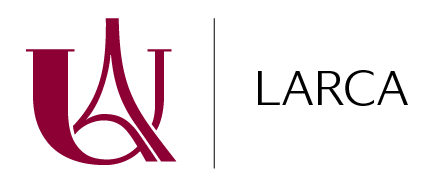
(2h TD)
- Terra Foundation for American Art Center,
- Conference Room, 121 rue de Lille, 75007 Paris
At first glance, art and the news would seem to have nothing in common, and indeed to have antithetical stances toward the act of picturing itself. While modern journalism normatively aims at communicative transparency and the “objective” representation of facts, modern art has prized a rigorous analysis of its own media, to which it subordinates pictorial content. Yet, under closer scrutiny, such a categorical distinction between art and the mass visual culture of the news does not hold up. In the intermedial American cultural landscape of the twentieth century, art and journalism borrowed liberally from one another for inspiration as well as concepts and practices.
In this course, we will study the relations between art and the visual culture of the news in the U.S. over the course of the twentieth century, considering artists such as Lewis Hine, John Sloan, Walt Disney, Winsor McKay, Edward Steichen, Weegee, Lee Miller, Ad Reinhardt, Romare Bearden, Andy Warhol, Hans Haacke, and Leslie Labowitz-Starus. By the end of the course, we will understand not just how these cultural fields’ concepts and practices changed over the century, but how they frequently developed in response to one another. At work in the background are the “public” or “publics” to which both art and the news addressed themselves in order to represent the experience of modernity.
Learning objectives:
By the end of the course, students will have learned to –
- Develop a research project that analyzes an aspect of the relationship between American art and the visual culture of the news in the twentieth century.
- Perform rigorous visual analysis of both journalistic and artistic visual artifacts.
- Work effectively in an American-style seminar: class discussion, oral presentations, etc.
Enseignant : Jonathan Dentler
contact : dentler[at]usc.edu
